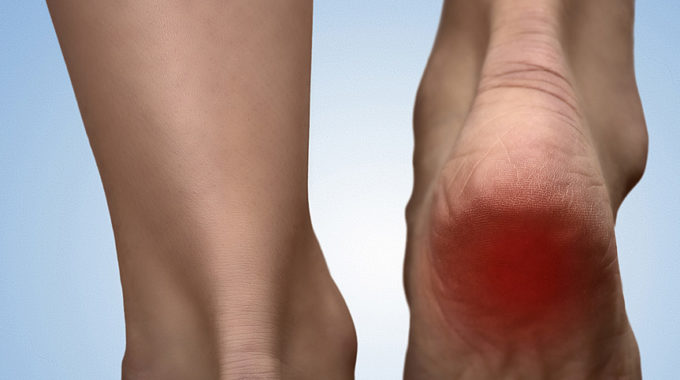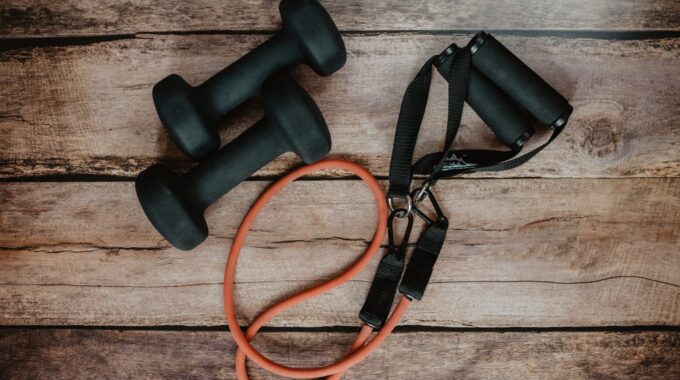Does Stretching Actually Benefit Us? The idea that we should stretch our muscles before…

Heel pain / Plantar fasciitis in Runners
What is Plantar Fasciitis?

Plantarfasciitis is one of the most common causes of heel pain, especially in runners!
The plantar fascia is essentially a thick band of connective tissue originating on the bottom surface of the calcaneus (heel bone) and extending along the sole of the foot and inserting onto the metatarsals (toes).
Your plantar fascia essentially acts to support the structures that make up your medial arch of the foot however it is far from static in its role during movement. The plantarfascia is directly linked to the movement of your big toe during walking/running and without the correct function of both you are more likely to experience pain.
Let me explain:
Mechanism: WINDLASS
The windlass mechanism acts to stiffen the joints of the foot in order to prepare the foot for propulsion. It is linked directly with the big toe and the plantar fascia. When the big toe extends at the point of propulsion, the plantarfascia (due to its attachments) tightens and therefore stiffens the foot.
Without this the foot would not act as a rigid lever and would therefore leave you susceptible to injuries such as plantarfasciitis and other lower limb aches and pains. This can also result in pain further up the body (hip/knee/lower back) as a result of movement compensations.
For more info on the windlass mechanism this is a simple explanation:
https://www.youtube.com/watch?v=tUIBgUQ2aV0
NB: The windlass mechanism does work in shoes but to a lesser extent- this is why correct footwear is so important in preventing foot pain.
What is Plantarfasciitis:
Literally defined as:
Inflammation of the plantarfascia (ITIS is a suffix meaning inflammation).
Generally comes about through factors such as:
-
Overload
-
Overtraining
-
Weight
-
Poor footwear
-
Incorrect footwear
-
Lack of stretching
-
Lack of lower limb strength
-
Altered/abnormal foot mechanics
NB- many other conditions can cause pain in the arch of the foot or the heel so make sure if you have heel pain you get it professionally assessed.
Symptoms of Plantarfasciitis include:
-
heel pain (generally worse after period of rest- e.g. first thing in the morning)
-
Pain can progress to the midfoot but less likely.
-
Pain after exercise
-
Generally improves with movement
-
Sometimes pain during exercise if more severe.
Treatments
What we as therapists aim to do is find the root cause of any injury as opposed to treating the symptoms. So it could be a case of weak gluteals which is causing the inward rotation of your leg during running which is in turn putting more pressure on the inside of your foot. In this case we would look as improving hip strength to offload the pressure in the arch. OR… it could be coming from a windlass mechanism that isn’t working very well (could be stiffness in the muscles of the lower leg/ a dysfunctional big toe joint/ incorrect footwear/lack of stretching etc etc etc).
Methods of manual therapy include:
-
Soft tissue manipulation- specific massage techniques
-
Joint mobilisations- mobilisations can help to release tension in relevant joints including ankle/foot, knee, hip and lumbar spine.
-
Ultrasound therapy
-
Orthotic prescription- Only if needed- this can help to more evenly distribute forces through the foot during walking/running.
REFORM!
At Reform Physiotherapy we have a 1 hour assessment which allows us to assess all of the factors that could be contributing to your pain along with treadmill gait analysis to come up with the most appropriate plan of action.
If you have any questions about plantarfasciitis or other aches and pains please give me (Luke) a call on 01799530650 or my mobile 07399499959 and I will be happy to help.
Based in Little Chesterford near Saffron Walden.



